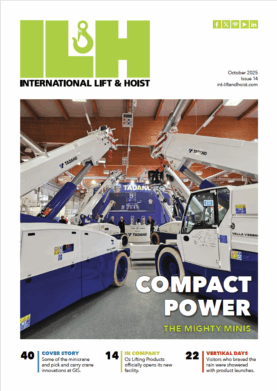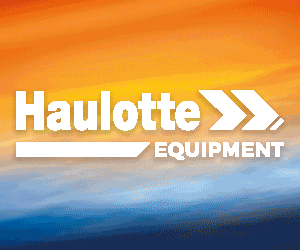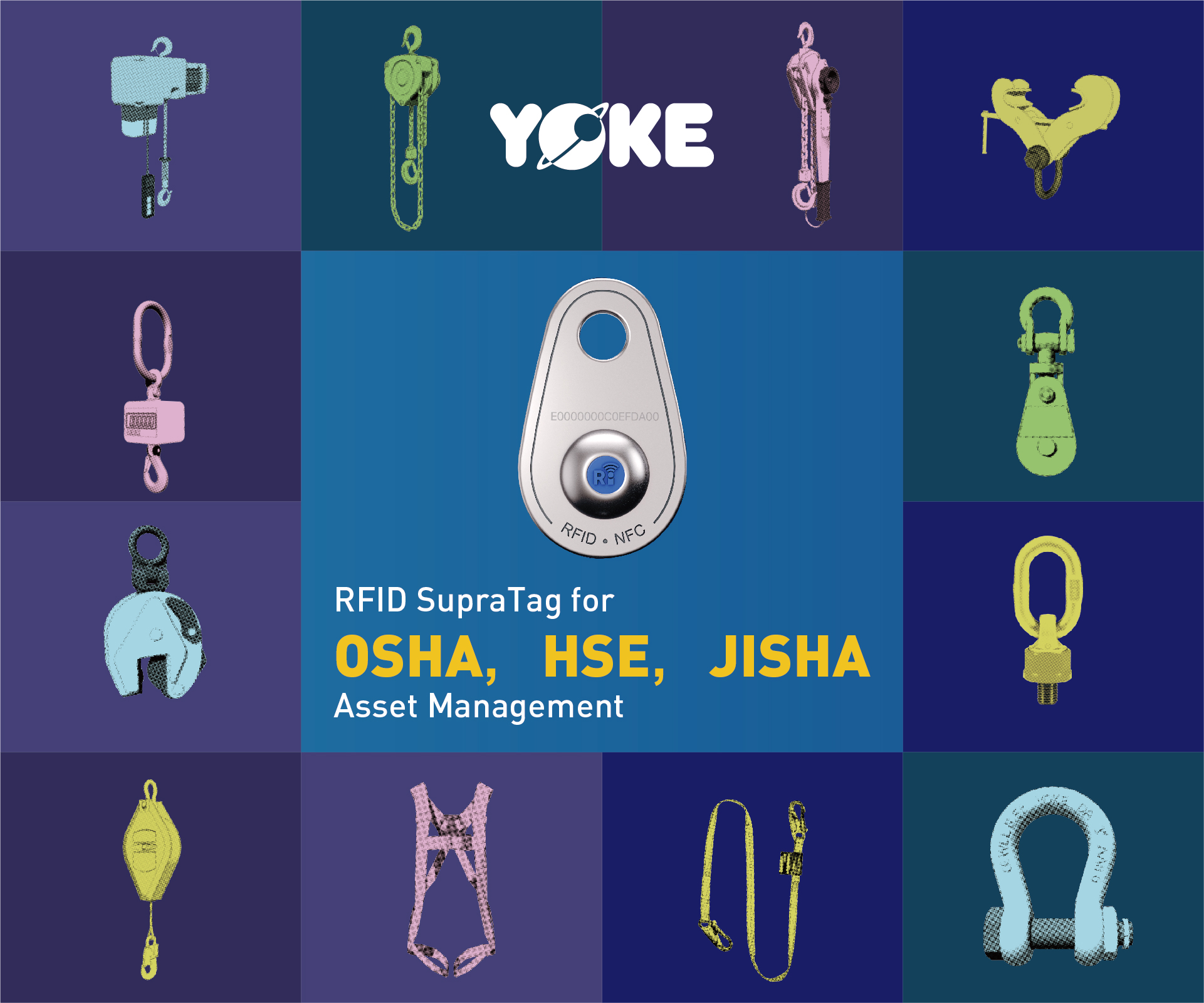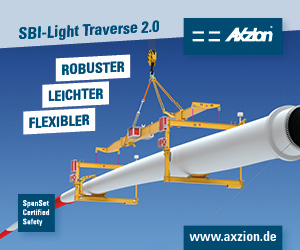)
Plan your lift correctly
Whether a lift is complex or simple, planning and supervision is critical for safe operation. Bernie Winter, from the Lifting Equipment Engineers Association (LEEA) Technical Services, offers guidance
A core aspect of safety of any lifting operation – whether it is routine or complex – is correctly planning and supervision. This means every employer needs to ensure that when they conduct any lifting operation involving lifting equipment, then the operation needs to be properly planned by a competent person, appropriately supervised and carried out in a safe manner.
LEEA’s Code of Practice for the Safe Use of Lifting Equipment (COPSULE), which is available for free at leeaint.com, details the principles for selecting appropriate lifting equipment, the general requirements for its safe use and makes recommendations for the training of operatives. These are important considerations when planning a lifting operation, however, observance of these alone is insufficient. A safe system of work needs to be in place and appropriately supervised.
We can consider three types of lifting operation. The first, ‘Basic Lifting Operations’, is where the load characteristics are considered straightforward and there are no significant hazards within the working area or on the access route for the crane to the working area. The second is ‘Intermediate Lifting Operation’. This is where significant hazards have been identified with the load or with the working area or access route of the crane. Finally, there are the ‘Complex Lifting Operations’. This may involve situations where significant hazards have been identified with the load or with the working area or access route of the crane. It may also be when the crane is used to lift complex loads or persons, where two or more cranes are used to lift the load or where the lifting operation is carried out at a location with exceptional hazards.
General considerations
When lifting any load, it is vital that the lifting operation is carried out safely and presents no danger to persons or property. The load must not be damaged by the equipment used to sling or lift it, and the equipment must not be damaged by the load. When in the air, the load must remain balanced and stable and be as secure as it was on the ground. Section 1 of the COPSULE, together with its appendices (in particular Appendix 1.7 – Planning the Lifting Operation), which gives general advice applicable to all lifting operations and the product-specific sections give advice specific to the equipment.
All lifting operations, no matter how simple or routine, need to be planned by a person competent for the purpose. They should understand the principles involved, the equipment to be used, the nature of the load, the environment in which the lift is to be made and any other factors which may affect the operation. The person planning the lift should be appropriately trained and have the requisite knowledge and expertise in planning lifting operations.
For the most basic repetitive lifting operation – for example, repetitive lifts on a production line – planning the lifting operation will usually form a part of the considerations of the plant layout and the overall task to be performed. It will largely be a matter of the initial selection and installation of the lifting equipment, supported by training of operatives to follow a laid down procedure.
In the case of routine lifting operations, where simple loads are to be lifted and often transported to a new location, using a limited range of general-purpose lifting equipment, planning the operation will normally be a matter for the trained operative, such as a slinger, who understands the safety procedures to be followed at the particular site. The operative will then follow standard procedures and practices laid down during his training and given in any specific instructions, as laid down by the competent person responsible overall for the lifting operations.
More complex lifts requiring more than one lifting appliance or lifts using special-purpose lifting equipment, call for greater measures to be taken during planning. Such instances may include lifting unusual or dangerous loads, lifts performed in difficult locations or hazardous environments and lifts performed in unusual circumstances. The extent of the measures will depend on the complexity and nature of the operation and of the equipment used.
It is common for complex lifts to require more than one operative. All personnel involved in such an operation should be briefed, their individual duties and responsibilities defined and the overall plan agreed and understood.
All lifts – whether they are basic, intermediate or complex – should be planned and that means having a risk assessment, a method statement and a record of the planning process in place for all lift plans.
In all cases, supervision is necessary to ensure that the lifting operation is being carried out safely and to monitor the need to amend procedures. The level of supervision will depend on the nature and extent of the operation, the experience and competence of the operatives and the risks involved. Basic repetitive lifting should be monitored to ensure operatives adhere to the work plan and do not adopt bad, or unapproved, practices. It may also be necessary to review the procedures from time to time. Operatives performing routine lifts should be similarly monitored to ensure that they maintain safe systems of work. Refresher training should also be considered to ensure that they remain up to date and this is essential if new equipment or safety procedures are introduced.
For more detailed information on roles of responsibility and planning in lifting operations you may wish to refer to BS 7121-1 2016 Code of practice for safe use of cranes – Part 1 General.











